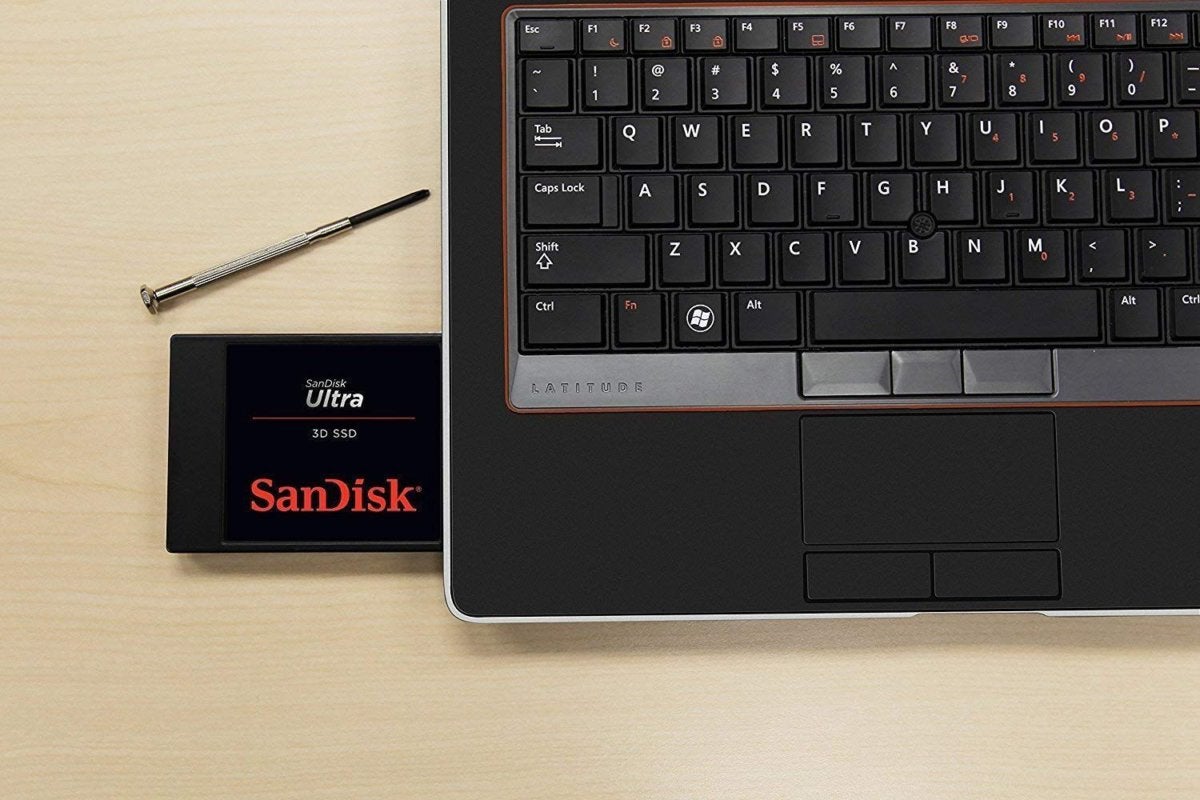

Most of the times the Custom Fields will match so you do not have to edit the Agent Procedure. Please create the Custom Fields exactly as they appear above and PRIOR to importing the Agent Procedure. VSA > Audit > View Individual Data > Machine Summary You can create Custom Fields in the Audit module by going to: Any feedback would be greatly appreciated. Also, this has not been tested on RAID arrays. It is important to mention again that this script is designed for the C drive but you can edit the script to check other drives. There is a possibility that the import doesn’t detect the Custom Fields and you will have to edit the Agent Procedure.īefore you import the Agent Procedure you should create the five Custom Fields below as String Custom Field Types. This Agent Procedure requires Custom Fields to be created exactly as they appear in the included Documentation PRIOR to importing the Agent Procedures. It is important to mention that this script is designed for the C drive but you can edit the script to check other drives.
#SEE SSD HEALTH WINDOWS 8#
This script uses PowerShell commands only available to Windows 8 and above including Windows Server 2012 and above. It also gets the health (for HDD and SSD), the SSD Wear and Power on Hours, and any HDD Read Errors.
#SEE SSD HEALTH WINDOWS 10#
Our 4 ways to check if your Windows 10 laptop has SSD guide might also interest you.Product Name: Detect HDD or SSD plus SMART Healthĭescription : This agent procedure detects the type of hard drive the Windows OS is using. Step 5: The Drive health section displays the estimated remaining life of the hard drive or SSD, available spare, and current SSD temperature in degrees Celsius.īy the way, we advise you to always back up your data to a cloud storage service or external drive to avoid data loss. NOTE: If you have multiple SSDs on your computer, please scroll down the page to see all entries.


Click on the hard drive or SSD entry to reveal the hidden Properties button. Step 3: The resulting page will display the number of drives and partitions on your PC. Step 2: In the More storage settings section, click on the Manage Disks and Volumes link. Check NVMe SSD estimated remaining life & temperature in Windows 10 IMPORTANT: The feature currently supports NVMe SSDs only. To check the build number, type winver.exe in Start/taskbar search and press Enter key. NOTE: As said at the beginning of the post, this is a new feature currently available to users testing Windows 10 Insider builds (20226 and above) only. It only indicates that the drive has completed write/erase cycles predicted by the manufacturer. Also, note that if Windows 10 displays the estimated remaining life of an SSD as 0%, that does not necessarily mean that the SSD has failed or about to die. How does Windows 10 calculate the estimated remaining life of SSDs?Īccording to Microsoft, Windows 10 uses approximate percent used of manufacturer’s prediction of drive life to calculate the estimated remaining life of SSDs. These features currently support only internal NVMe SSDs only. No, the temperature and health monitoring functions are not available for external drives such as pen drives and memory cards.
#SEE SSD HEALTH INSTALL#
This means that you will not need to install third-party software to monitor the health of SSDs as Windows 10 also alerts users when the SSD is about to fail or its health deteriorates to a certain percentage. With the new feature, you can view the SSD health, available spare, and current temperature. The good thing is that Windows 10 now offers (currently available in Windows 10 Insider build number 20226 and above only) you view more information about SSDs. In addition to tools from SSD manufactures, there are numerous third-party applications around to monitor SSD health, performance, and temperature. The WearLevelingCount starts at zero and increases up. For instance, Kingston provides a utility called SSD Manager, which lets you change various SSD settings, monitor the SSD health, and find other important information about SSD. Linux Mint - Under program Disks, I do not see the option to check Smart Data. Most SSD manufactures offer their own software to configure and monitor SSD health. Users who use computers to store critical data may want to review the health of SSDs from time to time to avoid data loss in case of storage device failure.


 0 kommentar(er)
0 kommentar(er)
